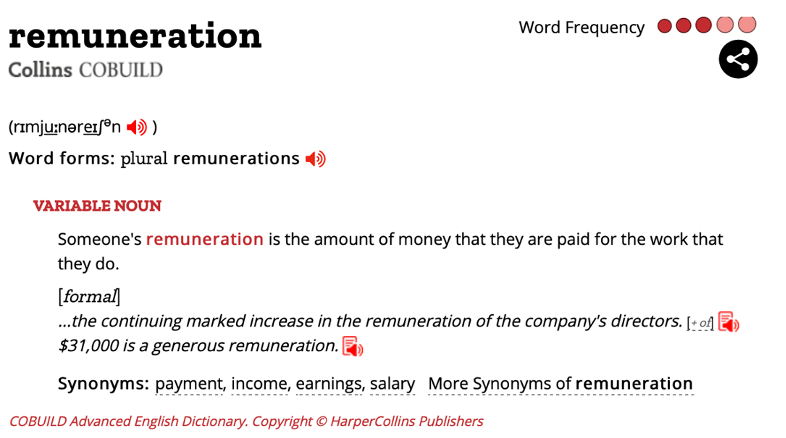Self-Directed Learning (Day 6)
Capabilities are usually emphasised much more than specific skills, or qualifications in any job description. Explain the reason(s) for this. Was this the case in your research?
Write 6 interview questions to ask a candidate who has applied for a kitchen hand job. The questions should be designed to identify these capabilities of a candidate:
- Self-motivation.
- Reliability.
- Teamwork.
Now swap your questions with a partner from the group and write down your answers for each. Once completed, discuss the effectiveness of each set of questions. What information can be gained from the answers? Summarise your findings to discuss with your tutor.
We have looked at some of the key features that make up a detailed and useful job description. When recruiting new staff, an accurate job description is essential.
Your tutor will split the class into 5 groups and allocate a Job Title to each group. As part of Assessment 3.1 your group must create a comprehensive job description for the assigned job title.
In your groups, discuss what the job entails in general terms before focussing on:
- Job Title.
- Duties and responsibilities.
- Key skills.
- Capabilities.
- Experience.
- Qualifications.
Note: You will need to organise yourselves as a group - arranging meeting times, designating duties etc.
Download this template to start planning your job description - first three sections only! The remaining fields (working hours, remuneration and benefits, and reporting channels) are still to be covered.
Self-Directed Learning
Continue working on the job description template.
Every position in a business has someone who is responsible for managing or supervising the person doing that job – right up to the business owner. Depending on the size and the structure of the business the person an employee reports to directly may differ according to where they work and their level of seniority.
Exercise 5
- Write down in your journal who each of the following report to:
- Kitchen Hand
- Commis Chef
- Demi CDP
- Chef de partie
- Sous Chef
- Head Chef
- Waiter
- Restaurant Manager
- Describe the Kitchen Brigade system.
- What is its significance in todays’ professional kitchen?
- How were kitchens organised prior to Escoffier’s system?
Watch
Watch this video to see the Kitchen Hierarchy Explained.
Self Directed Learning
- What are your thoughts about the modern kitchen brigade? What variations have you seen? Does it work? (Modern Kitchen Brigade System, n.d.)
- Create a flowchart illustrating the reporting channels you have observed in the workplace and post this on the class discussion board.
Our industry is an example of a “service industry” – one which provides services to people and is dependent on customer requirements and their schedules. As such, working hours are often not of the 9-to-5, Monday to Friday variety, common to many industries. Similar examples include retail and entertainment – we need to provide what people want, when they want it.
Employees in the hospitality industry come from many different backgrounds and have different demands in their personal lives – domestic priorities such as childcare and taking kids to and from school may be very important to some staff.
Knowing this, it is important a potential job candidate understands the expectations and requirements of a position – if the working hours don’t fit with their personal lives it would be a waste of both their time, and the employer’s time, to apply for the job.
An honest indication of work hour expectations should be included in any job description and job advertisement. Information a candidate would need to know about the working hours includes:
- Work days required (may be fixed or variable and could include weekends).
- Start and finish times (again, may be fixed e.g. 7am-3pm, or flexible e.g. mix of morning and evening shifts).
- Number of hours (could be a minimum number of hours per week, fixed, or flexible).
- Type of Position (Full-time/Part-time etc.)
Visit this website to learn more about types of employees.
Exercise 6
- Explain the differences between these types of employment and write your ideas in your journal:
- Permanent.
- Fixed term/seasonal.
- Full-time.
- Part-time.
- Casual.
- What are the pros and cons of each type of employment? Does each type entail the same rights and obligations? Consider holiday pay, sick leave, annual leave, trial periods etc.
Self-Directed Learning
Read the following article and in your own words summarise the content. When does a casual worker become a part-time worker? What are the key differences in the two types of employment?

Whilst there are many reasons we go to work, getting paid is a major factor. There are different ways of approaching advertising the pay rate in a job advertisement, but it is compulsory to include detailed remuneration in an employment contract - you can list the exact pay rate, a pay range or not mention it until the interview stage. However, as an employer, you should know how much you are prepared to pay the right candidate for the job, and there are industry-accepted pay scales for different types of position.
Visit this website to learn what must be included in an agreement.
Often, the most important information regarding pay a candidate will want to know is whether the job is paid by wages or salary.
Exercise 7
- Research wages and salaries and answer the following questions in your journal. (You may find this video link helpful.)
- Define the terms “wages” and “salary”.
- What are the pros and cons of being paid by: a. Wages. b. Salary.
- Which kitchen jobs do you think are paid wages and which salaries?
- Read the following articles. How do you feel about what happened? What do you think about the solution?
